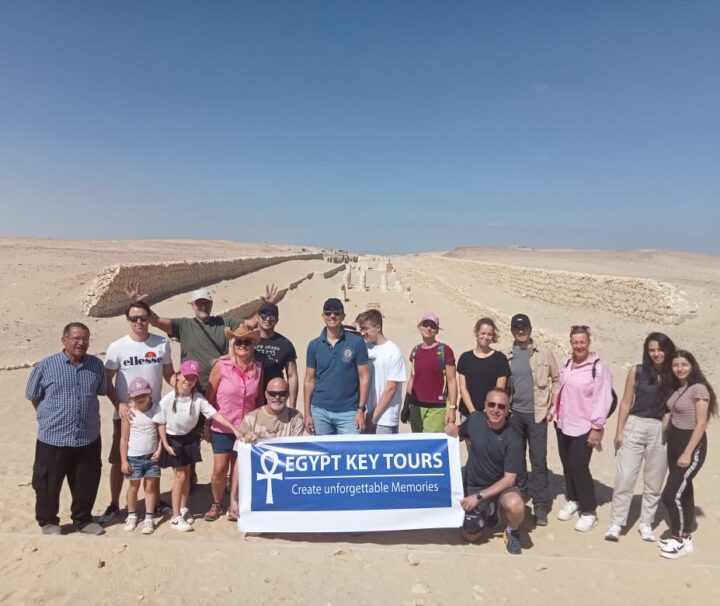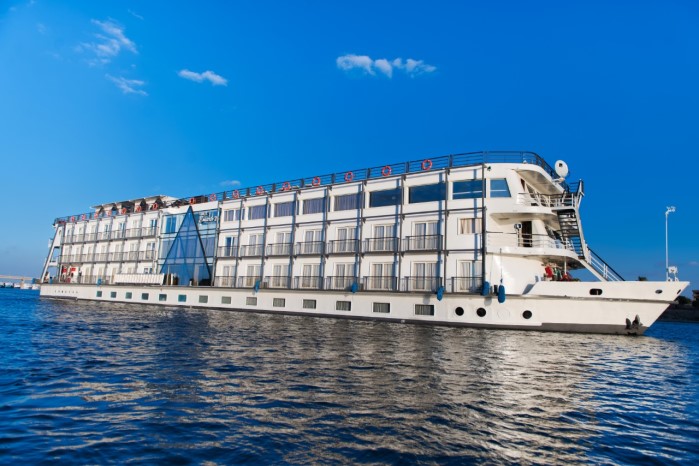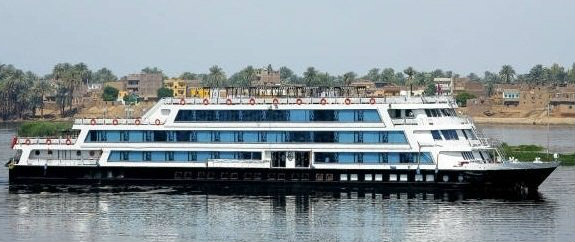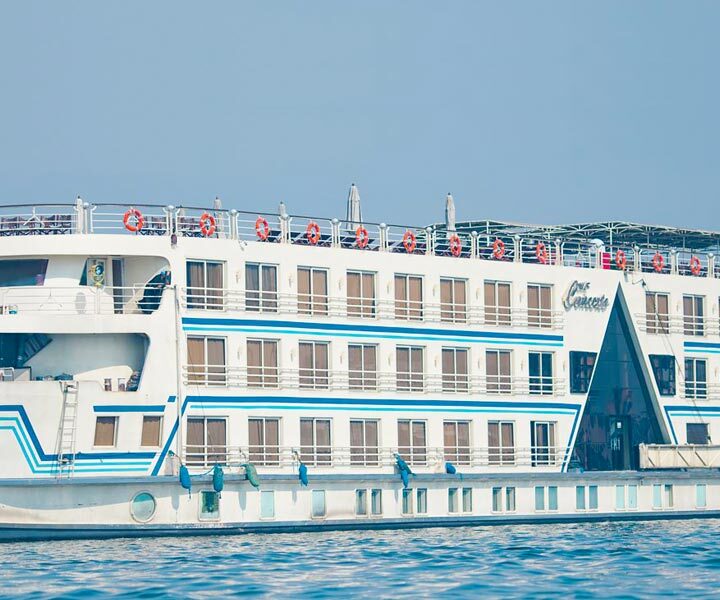Karnak Temple
The Karnak Temple Complex is home to three main temples, several smaller enclosed temples, and a number of outer temples – combining the achievements of many generations of ancient builders over a period of 1500 years. Around thirty different pharaohs contributed to the building process of this site, enabling it to reach a size, complexity and diversity not seen elsewhere. It was after all the New Kingdom’s most sacred site. The Ancient complex covers a total area of 2 sq. km, and its name Karnak means fortified settlement in Arabic. The temple of Amun, the complex’s main structure, is the largest place of worship ever built. It is surrounded by two other gigantic temples, dedicated to Amun’s wife, Mut and his son, Khonsu, respectively Although it might seem badly ruined today, there are still many features to Karnak that make it one of the largest and most impressive of all ancient sites in Egypt.
Karnak is an ancient Egyptian temple precinct located on the east bank of the Nile River in Thebes (modern-day Luxor).
The central sector of the site, which takes up the largest amount of space, is dedicated to Amun-Ra, a male god associated with Thebes. The area immediately around his main sanctuary was known in antiquity as “Ipet-Sun” which means “the most select of places.”
To the south of the central area is a smaller precinct dedicated to his wife, the goddess Mut. In the north, there is another precinct dedicated to Montu, the falcon-headed god of war. Also, to the east, there is an area — much of it destroyed intentionally in antiquity — dedicated to the Aten, the sun disk.





